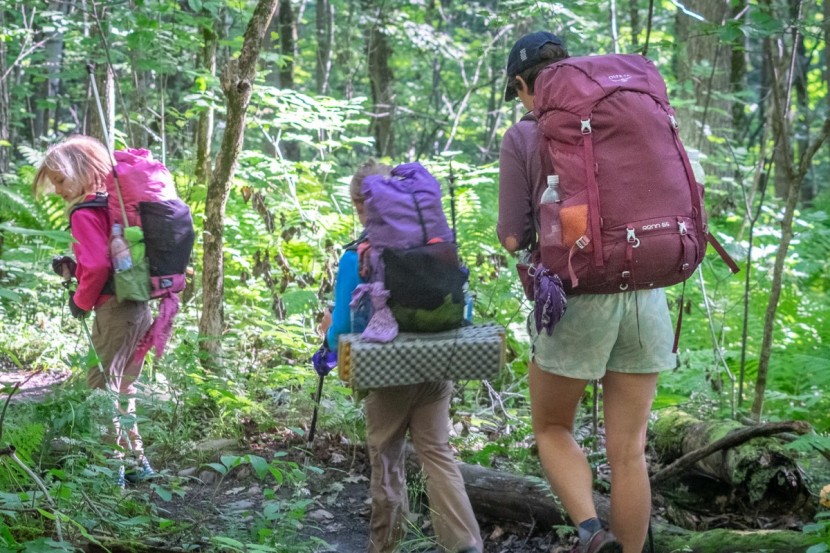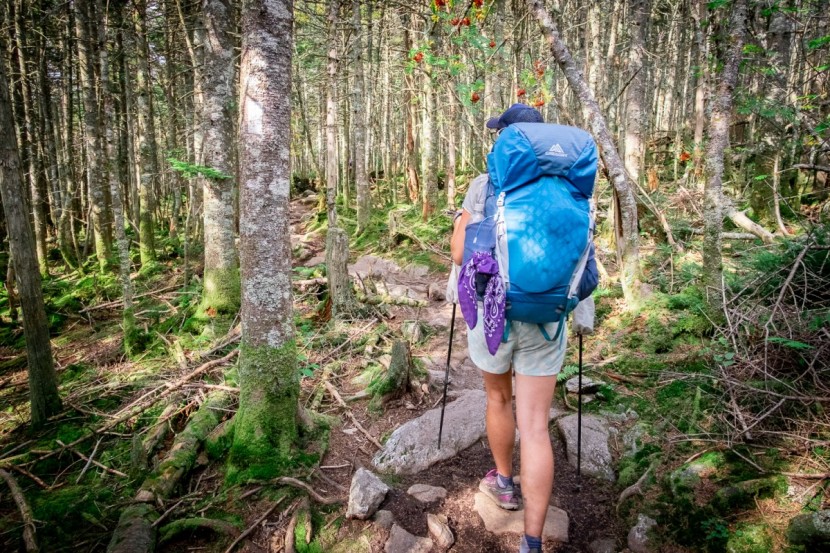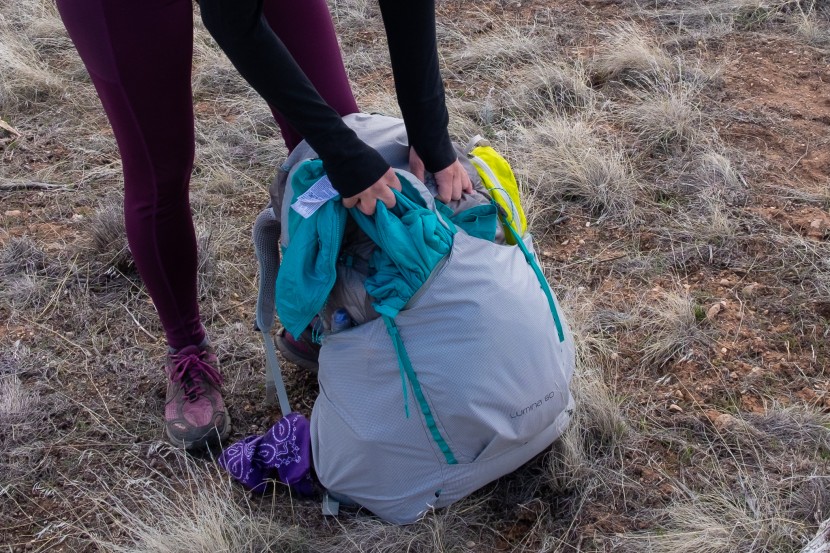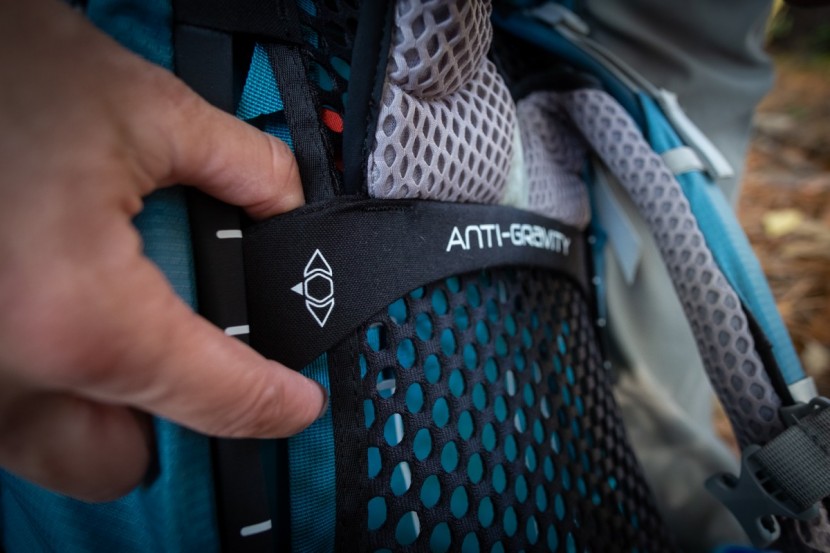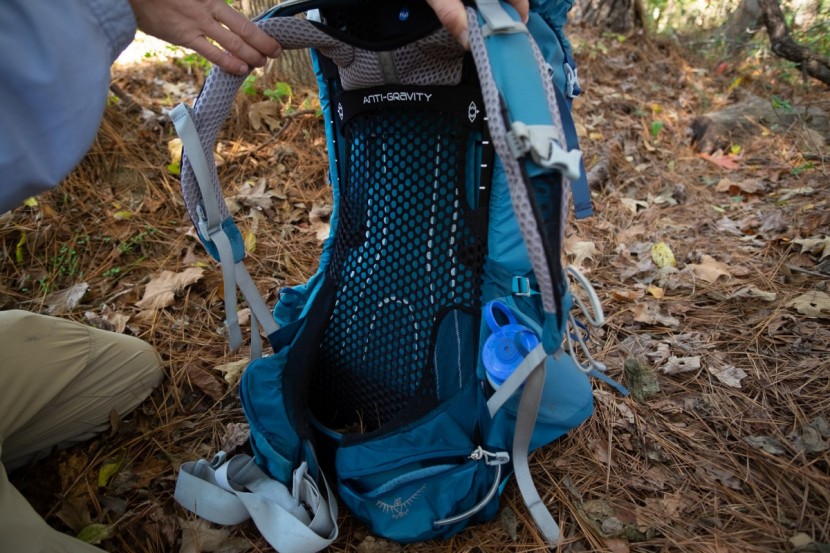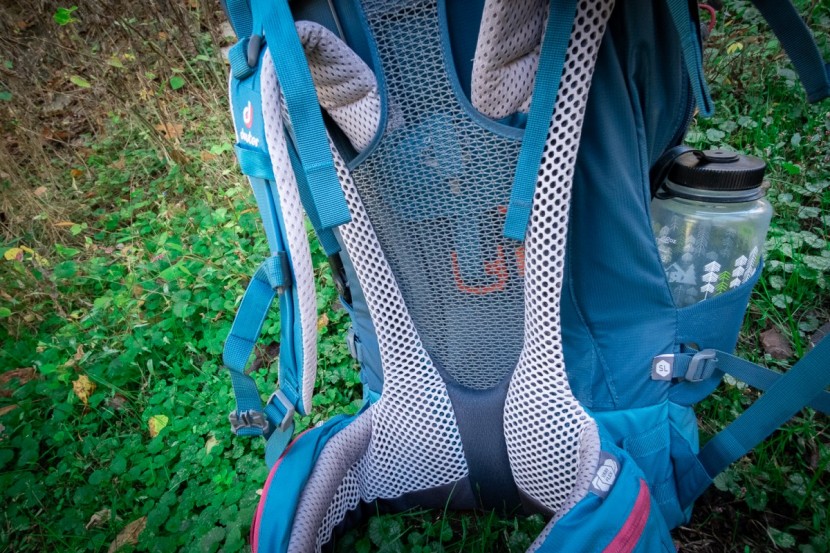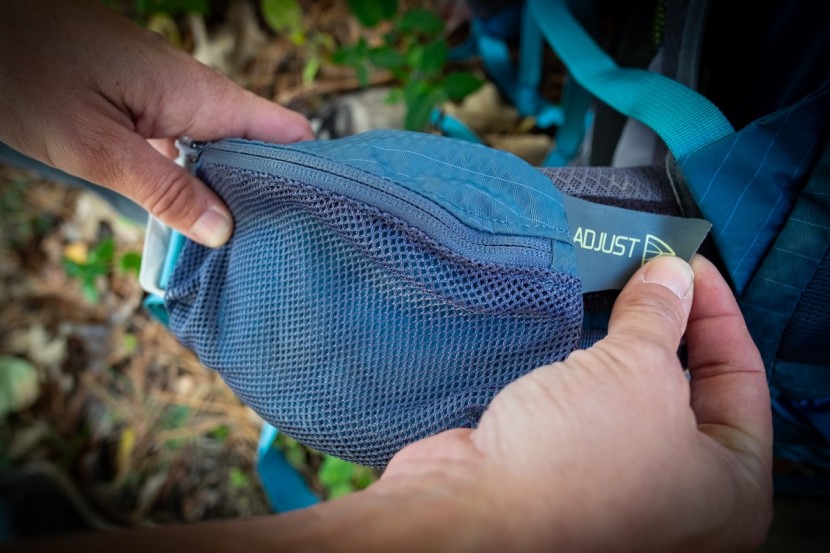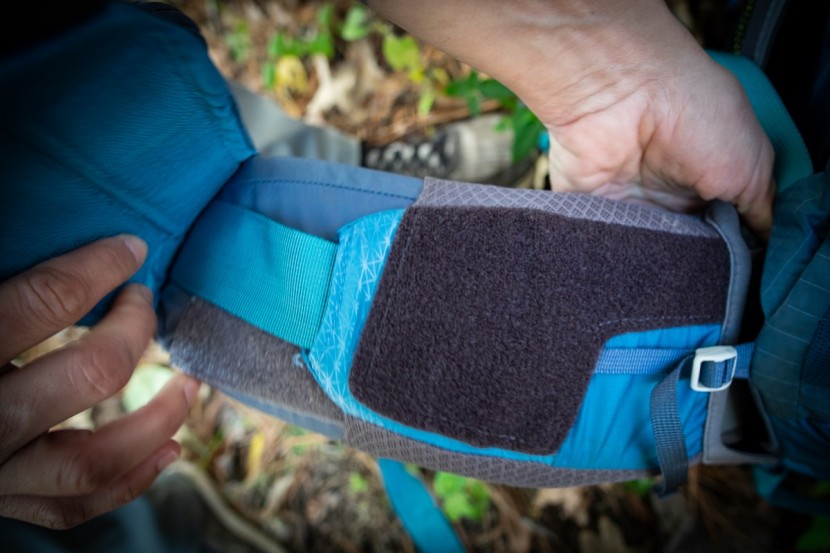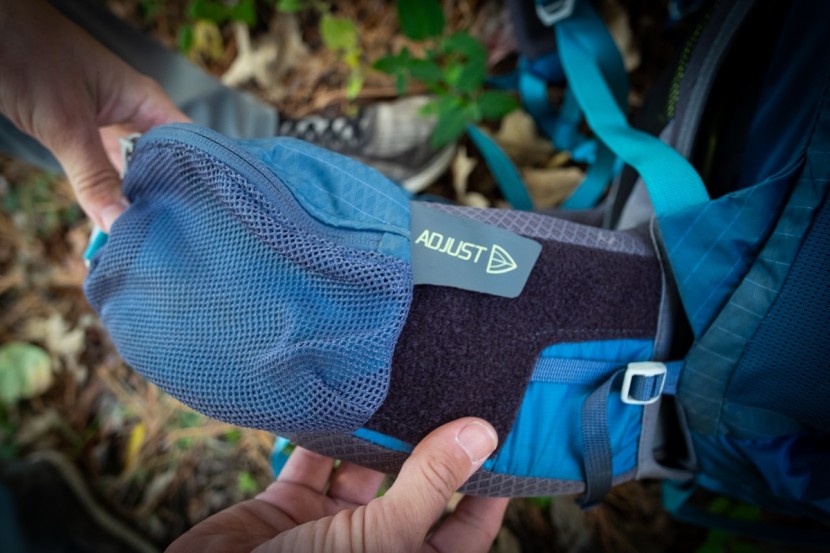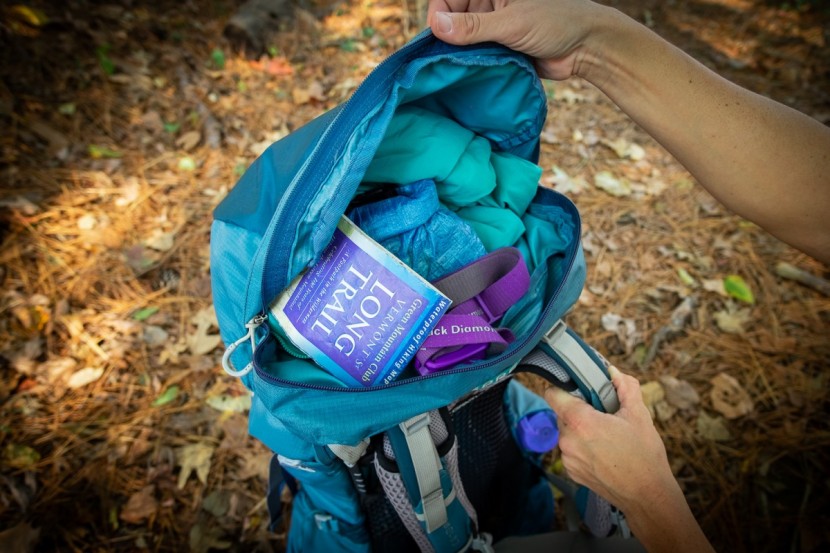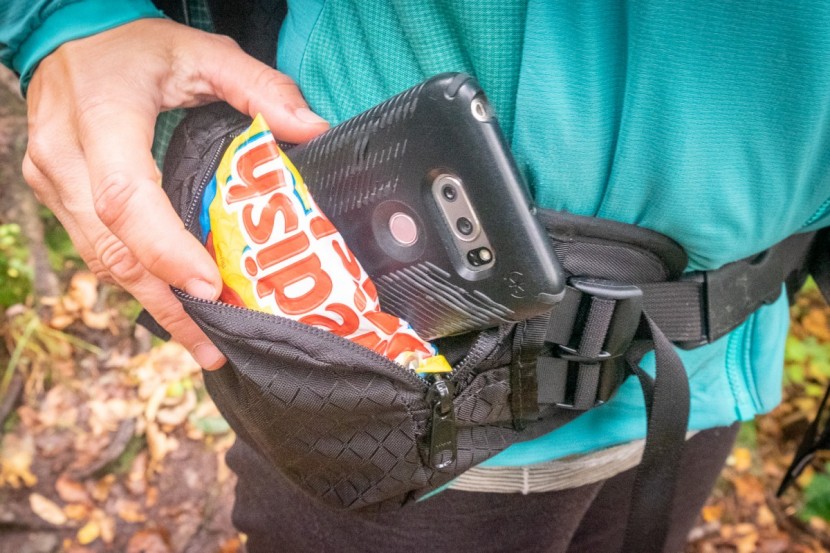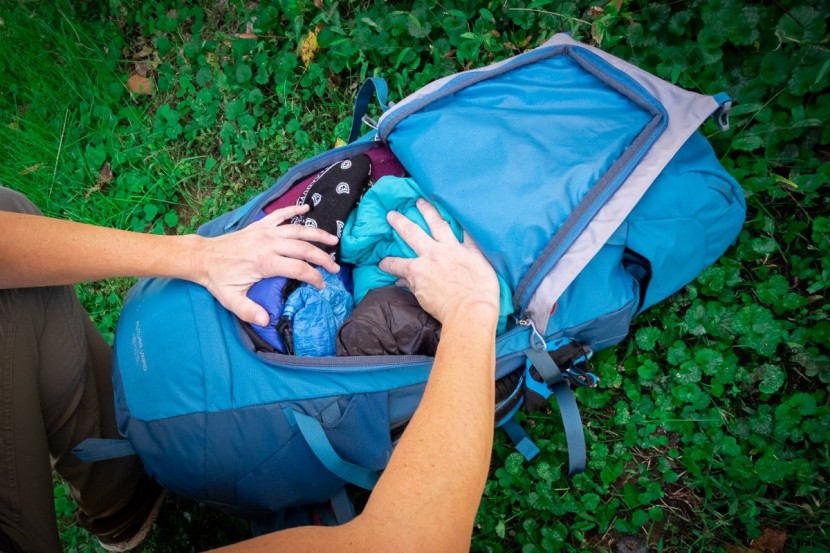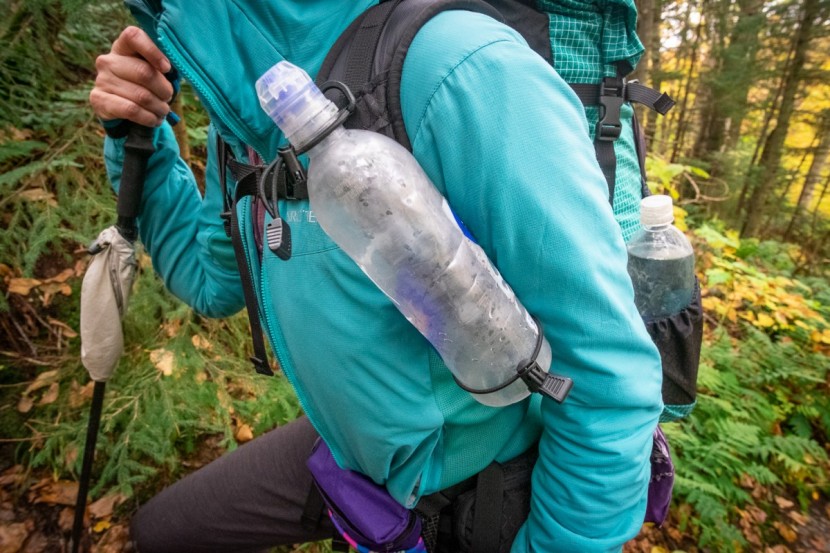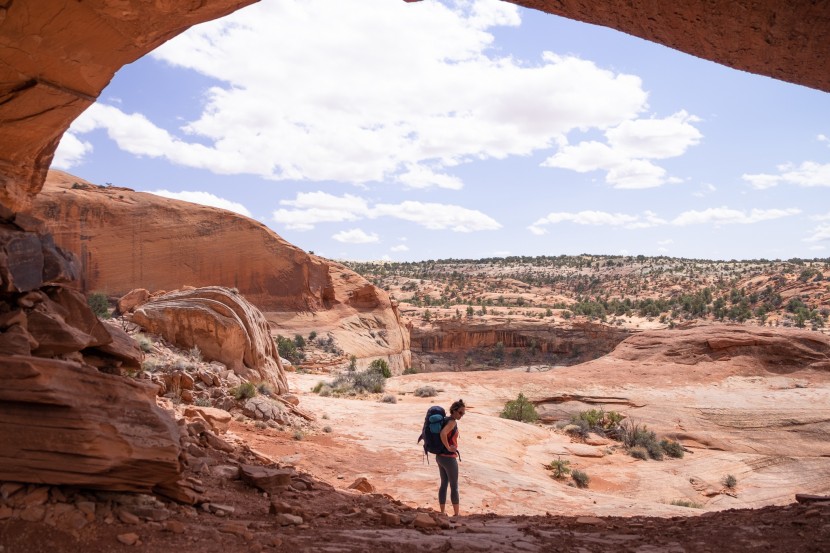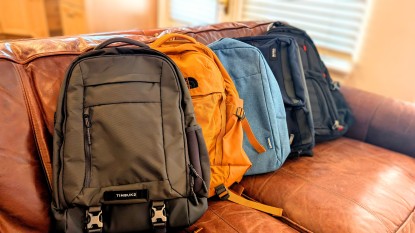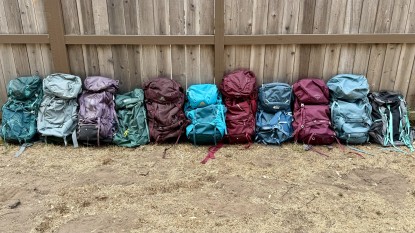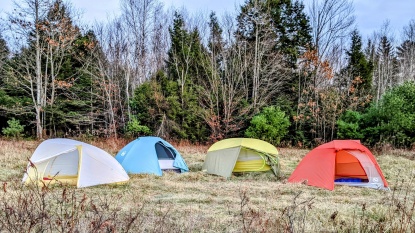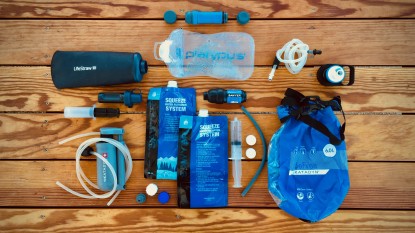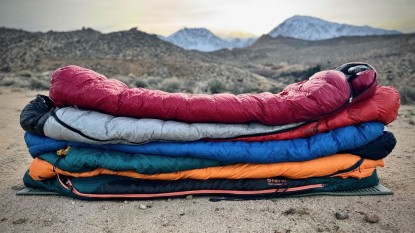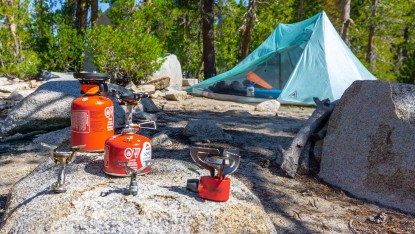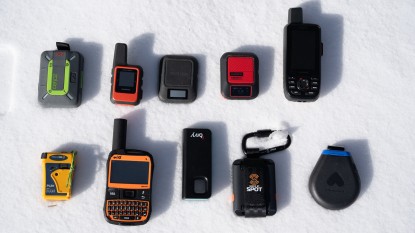Online shopping for a backpack is tough. How will it fit? Is it large enough, light enough, and have the right type of pockets for me? All of these are important questions. In this review, we focus on the critical components of an exceptional pack. We compared the top models on the market and figured out each pack's strengths and weaknesses in the following categories: comfort and suspension, weight, organizational systems, and adjustability.
Every model we tested is different; some have adjustable features for maximum versatility, and some are created to fill a niche. We tested models that work best for fast and light backpacking and others that can haul a heavy load like it's nothing. If you want lots of pockets to organize your gear into or a sleek look with minimal gear stored out of the main compartment, we tested all of these.
Backpacking Styles
No backpacking style is better than another, but there are packs that suit your style better than others. Consider if you'll be taking single overnights, weekends, or weeklong trips. If you're thru-hiking a long trail, prioritizing lighter weights might be more important to you than if you plan to stick to shorter trips. Those who will haul heavy loads for climbing expeditions or guiding should focus more on comfort, padding, and capacity. Each is unique to personal style and geographical parameters.
Leisure
Some hikers prefer to stop and smell the roses; they move slow and steady and don't focus on covering a lot of distance. This style of backpacking is leisurely and typically allows plenty of time for photography, swimming in lakes, and rest time around camp. There is less concern for lightweight, compact gear, and this hiker can afford to carry an extra pound or two in exchange for added comfort.
This specific style covers shorter distances per day and typically enjoys shorter length trips overall. Features that will be most important will be the pack's comfort with heavier loads and capacity if you like to bring everything but the kitchen sink on your backpacking glamping rambles. A lower priority might be quick access pockets that allow you to get to your gear while still wearing the pack since breaks can be frequent and leisurely.
Light and Fast
If you are primarily concerned with weight and your ability to cover distances quickly, you fit into this category of backpacker. This hiker may sacrifice some luxuries in the name of carrying a lighter-weight pack and less gear. Whether hiking 75 miles in 5 days or 2,000 miles in 5 months, this hiker pays the most attention to cutting down on weight and optimizing suspension to remain comfortable and unrestrained for going the distance. On-the-go pockets that allow this hiker to access gear and snacks without stopping are a top priority, so you can down a lot of calories without reducing your pace. Thickly padded hip belts and shoulder straps can be eschewed in favor of trimming ounces. Lighter loads won't need the padding as they don't put as much pressure on the body.
Thru-Hike
Then there are thru-hikers, who cover enormous distances over weeks to months, usually hiking continuously from the start to the finish of a particular trail. Similar to the light and fast style, the thru-hiker is typically very conscious of gear weight. This style requires more preparation and planning than a leisurely trip or even a weeklong trip. Thru-hikers tend to seek simplicity and durability with great suspension, as the packs will be used day in and day out for an extended period.
You might identify with one of these styles or even a combination, but by defining your style and priorities, you can narrow your options down by size, weight, and organizational needs.
Seasons, Climate and Environment
Most backpackers find that the summer months offer prime backpacking conditions with extended daylight hours and warmer temperatures. For those backpackers extending their hiking season to three or four seasons, consider the features you will need to be comfortable. The bulk of warmer sleeping bags and extra layers calls for a larger capacity pack than one used solely for mild weather travel.
Pack Capacity
A simple internet search will prove that the recommended capacity for different trips length varies greatly from one source to another. The reason for this is that personal style, budget, and in which decade the recommendation was written all impact how much space you need for your gear.
If you are carrying gear bought during the Reagan administration and are heading out for seven days in the Sierra in April, your needs are going to vary significantly from the techy gearhead, putting in 30-mile days in 70-degree weather who can tell you how many grams her sawed-off toothbrush weighs.
Most folks are going to fall somewhere in between these two extremes, and a good starting point is around 45 liters for weekend trips, 60 liters if you want to be able to stay out for 4-5 days, and 70 liters for week-long expeditions. Use that as a loose starting point. Don't hesitate to take all your gear in to your local outfitter and pack up a few packs to get a better idea of your needs.
Sizing and Fit
The most important step in sizing is measuring your torso length. Any experienced pack fitter at an outdoor store can quickly measure you with a specialized ruler, but it can also be done at home. Take a flexible measuring tape: measure the distance from your C7 vertebrae straight down to the height of your iliac crest. The C7 vertebra is the most prominent bone at the back of your neck. To locate it, tilt your head forward and feel around. Find the iliac crest by placing your hands on your hips at the top of your pelvis, with your fingers in front and your thumbs towards your back. Imagine a line drawn between your thumbs; that's the iliac crest height you want to measure from. It's also where the center of your hip belt should rest. Your torso length will determine which size you order.
Sizing methods vary from brand to brand. Some packs come with an adjustable torso length, and others are purchased by size. Our women's specific review notes the available sizes for each pack we reviewed.
The second step in sizing is to determine your hip belt size. The hip belt of your pack should wrap around the iliac crest. Check to see if you placed it correctly by standing with the hip belt on and lifting one leg to a 90-degree angle like you are marching. The hip belt shouldn't interfere with your thigh. Some packs offer interchangeable hip belts so you can choose the size that fits you best, while others have an extendable hip belt with an extra slide-out section of the padded belt. The hip belts of many of the lighter-weight pack are of a fixed length. With this style, you may not be able to get the padding to wrap around your iliac crest, depending on your size. Consider whether the webbing extending off the padded section will dig into your skin when fully loaded. Wider webbing is more comfortable, while 1" webbing is painful on some.
If considering an Osprey pack, Osprey has a comprehensive fit guide for their backpacks.
Once you select a size, it is essential to adjust it to your back while weighted.- Begin by loading the pack with 15 or so pounds.
- Loosen all of the straps before putting the pack on.
- Saddle up with the loosened straps and lean forward so the pack is sitting on your back and not sliding down your butt.
- Tighten the waist belt first; it should wrap around your iliac crest. A woman's pelvic girdle is where a majority of the weight load should fall. Tighten this hip belt enough to just support this weight.
- Once the waist belt is resting properly on your hips, tighten the shoulder straps. The shoulder straps will ideally follow the natural curve of your shoulder from top to bottom. Tightening too much will cause the hip belt to lift off your hips.
- Next, tighten the stabilizer straps that connect the top of the shoulder strap to the top of the frame. There should be two load lifter straps, one on either side. A common mistake is to tighten these too much, causing the wearer to feel more pressure from the front of the shoulder straps.
- Lastly, tighten the sternum/chest strap, which connects the two shoulder straps across your chest. This strap should be adjusted so that it doesn't rest too high towards the neck or too low across your bust. Armpit height or just above seems to be about right for most people. The sternum straps should pull the shoulder straps inward to relieve any chafing on your inner arms. They should also shift the overall pack weight into your hips by reducing shoulder pressure.
Only after you've nailed the adjustments can you determine if a pack is a good fit. It should be comfortable under a load, with very little pressure on the shoulders and most of the weight on your hips. It should pad well with no pressure points on the shoulders and hips, the length should match your torso well, and it should fit comfortably with no pain points. Once out on the trail for a day, you are likely to experience some tenderness from even the best-fit pack, but you shouldn't feel discomfort when just trying them on. Walk around when you size a pack. Take the stairs if possible. Do squats, lift your legs high, walk with trekking poles, climb over a bench — do anything that will give you a feel for how the pack moves over uneven terrain.
Sizing and fitting a pack if you are new to backpacking can be confusing, and the wrong measurements or placement of straps can lead to an uncomfortable or downright painful trip. If it's your first pack, a professional fit can go a long way to teach you how to feel for the right fit. Outdoor retailers are an excellent resource to assist you in sizing and fitting.
Women's Specific Features
Most, but not all, women will prefer a pack designed specifically for women. The key difference between a men's model/unisex model and a women's model is how the pack fits differently shaped bodies.
Women's models often have shorter torso lengths available, narrower shoulder widths, and waist belts designed for the angle of women's hips. Every single body is different, and these specific features are not intended to suit all women. Some women may find that a men's or unisex model fits better, and men with narrower shoulders will sometimes find a women's model to suit their needs better than a men's model.
Our female testers find that women's specific packs work well for them. The curve on the shoulder strap is sharper than for men, allowing the strap to wrap around smaller shoulders without sacrificing padding or restricting movement. The curved shoulder straps are adequately proportioned so that they don't dig into your neck or inner arms. The curve and angle of the waist belts accommodate curvier hips so that the backpack rests comfortably. The benefit of buying a women's specific model is a fit that is shaped for your anatomy.
As discussed throughout our review, comfort is key! When setting out on any length of adventure, whether 2 or 25 days in the backcountry, it is essential to find a supportive, well-fit pack that you will love all day long.
Suspension Designs and Support
A backpack's suspension relates directly to its fit and comfort. Most modern backpacks have internal frames, which utilize lightweight metal or even plastic sheets or tubing within the fabric.
One style has a perimeter frame spanned by a mesh panel. The rigid frame curves away from the back, offering incredible ventilation but repositioning the weight a little further from the back. Loads that sit close to the back tend to feel lighter and are more stable, so this type of suspension is not typically used in packs designed to carry very heavy loads.
Another is a foam-padded back frame. This suspension design keeps the weight close to the back and is very comfortable but tends to offer less ventilation. Many models have arched the foam to oppose the natural curve of the back, which then allows airflow. This design typically contacts the back at the shoulder blades and the lower back, while many designs make contact with most or all of the hiker's back.
The preference for one suspension design over another depends on fit and comfort, as well as geographical use. If your trips tend to center around warmer weather, a mesh back panel will provide optimal ventilation. However, if you will be wearing it in colder climates, the foam padding may be preferred for added warmth.
Your pack should be supportive of your weight load. The majority of the weight should rest on your hips, so a comfortable, correctly fitting waist belt is essential. The padding should be sufficient to avoid chafing and allow for a pleasant trek. There is a range of waist belt designs, from interchangeable to extendable to heat moldable, and comfort varies between each model and each person.
An interchangeable design may be offered to ensure proper fit. Typically waist belts are adjustable enough that you will not have to change out the waist belt, but for women with waists on the very small or larger end of the spectrum, an interchangeable waist belt may be best.
Models with an extendable section of padded waist belt offer versatility to more body types. This feature adds significant comfort over just lengthening the webbing for women with wider hips.
The heat-moldable waist belts are specific to Osprey and can be molded by an Osprey oven to customize the shape of the padding. This company offers a customized fit that no other design can provide, although it cannot be self-adjusted.
Many women fall in between sizes in packs or just aren't yet sure which one is the right size. If this is you, a model with a few inches of adjustment in the torso length will offer a more precise fit and some wiggle room as you learn how to determine the right sizing. If you are still growing or plan to share the pack with others, a “one size fits all” model with 5 or more inches of torso length adjustment might be the ticket. As with most OSFA items, women on the largest or smallest ends of the spectrum will find these to be less comfortable. Some packs don't offer any adjustability on the torso length. These tend to be ultralight models that sacrifice adjustability for weight savings. Typically the best fit can be had with a pack purchased for your torso length that has a few inches of adjustment to fine-tune your fit.
Other Features and Details
There are some features offered on packs that might not be the main reason you pick that model, but if you find more than one pack to be just right for you, these small details might help you make your final selection.
Pockets
The standard array of pockets tends to be the main compartment, two side pockets for water bottles, a top lid pocket, and a back pocket. Hip belt pockets are very common and vary greatly in size. If you want your phone handy for photos or navigation, make sure it will fit in the hip belt pocket. A pocket that our testers either loved or hated depending on size and accessibility was the back pocket. Large, stretchy versions are a great place to shed layers during the day, while tight, zippered designs tended to cause too much fiddling to want to access throughout the day. There are models we tested that offer more than 9 different pockets to organize and store gear and some that only have a few. Take a moment to think about your needs and wants when it comes to pockets; sometimes less is more. Also, consider stuff sacks as a suitable option for organizing gear.
Hydration Compatibility
Nowadays, it is rare to find a backpacking pack that isn't compatible with hydration reservoirs. Most offer an interior sleeve and a port for the drinking tube to exit the pack. Some will have large sleeves, while others can only accommodate hydration reservoirs up to a two-liter capacity. Most packs have side pockets designed for water bottles that can accommodate one to two bottles in each.
Rain Cover
Think it might rain one day? As much as we would like them to be, most packs are not waterproof. You'll need a rain cover or dry bags to keep your gear from getting soaked. Rain covers can be purchased separately, and a few packs even come with them included. These cover your pack so all of your gear remains dry in all but the wettest conditions, like paddling trips.


